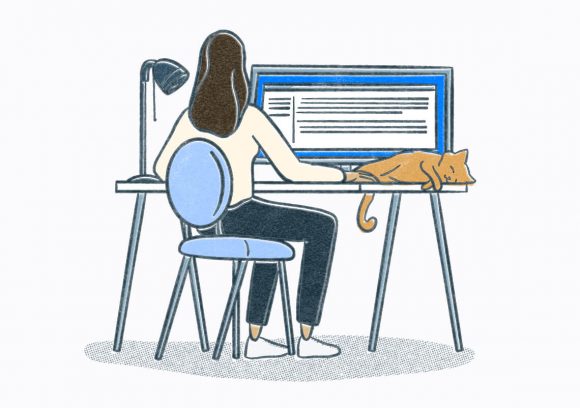Filter by Exam
-
APICS® CPIM4
-
APICS® CSCP1
-
ASQ® CSSBB1
-
ASQ® CSSGB2
-
BCSP ASP®2
-
BCSP CSP®1
-
California Real Estate2
-
EIC CMP1
-
HRCI aPHR®0
-
HRCI PHR®3
-
HRCI SPHR®0
-
PMI-ACP®1
-
PMI CAPM®3
-
PMI-PBA®0
-
PMI PMP®×
-
PMI-RMP®0
-
Real Estate Licensing0
-
SHRM-CP3
-
USGBC LEED® AP BD+C0
-
USGBC LEED® AP ID+C0
-
USGBC LEED® Green Associate™5








